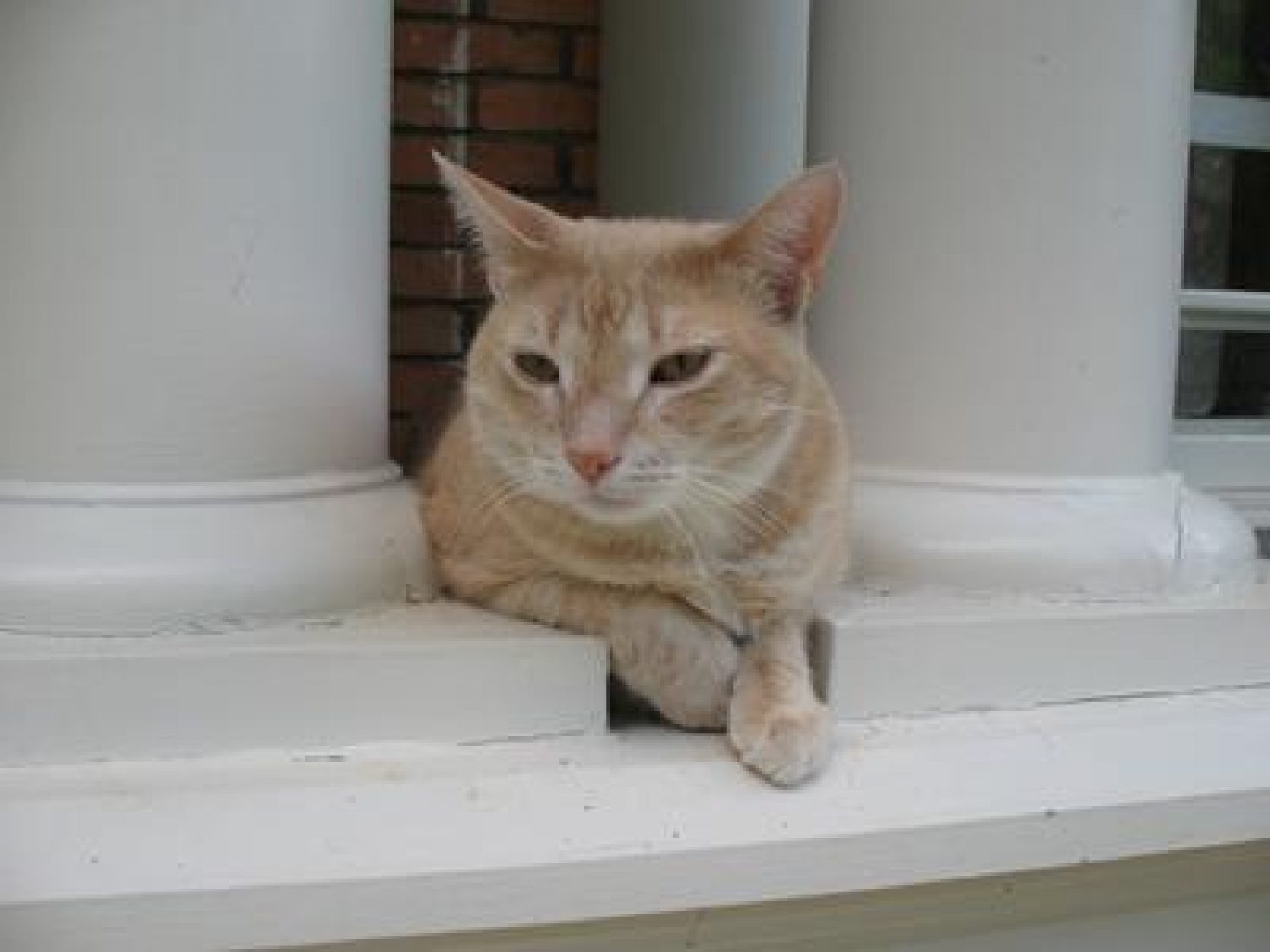

There may even be a genetic predisposition for pica in some breeds of dogs and cats. Psychological causes of pica can include: Nutritional deficiencies can sometimes lead to pica in dogs and cats.

Side effects of corticosteroids or anti-seizure medication.Endocrine disorders, such as Cushing’s Disease.Inflammatory Bowel Disease and other gastrointestinal disorders.Pica can be caused by many different things, but there are usually 2 main categories: medical and behavioral. Poop-eating even has its own medical term, “coprophagia” – and it can be a very hard habit to break.Īnything else deemed “non-edible” that is sought out and eaten more than once by a pet is considered to fall into the pica category. These delicacies, which are mostly popular with dogs, are attractive to them because they often simply just enjoy the taste. Two items that don’t fall into the pica category? Trash and poop. Items that carry their human’s scent, like socks, underwear, and hosiery, tend to be particular favorites. Some develop a fondness for one particular item, while others will swallow a wide variety of objects. Pets with pica develop an appetite for some pretty bizarre things, including rocks, dirt, clothing, cat litter, plastic bags, rubber bands, hair ties, even electrical cords and drywall! Pica is a surprisingly common type of eating disorder that causes pets to compulsively crave and eat non-food items, and it can affect both dogs and cats. But what if that “anything” included things that didn’t actually qualify as food? We all seem to have that one friend who can eat anything. only shares products that we strongly believe in and feel would be beneficial for our readers. Click to email a link to a friend (Opens in new window)ĭisclosure: This post contains affiliate links, and if you click on them and purchase a product, we will receive a small commission at no extra cost to you.Click to share on Reddit (Opens in new window).Click to share on Pinterest (Opens in new window).

Click to share on WhatsApp (Opens in new window).Click to share on Tumblr (Opens in new window).Click to share on LinkedIn (Opens in new window).Click to share on Twitter (Opens in new window).Click to share on Facebook (Opens in new window).Most essential oils can be toxic to cats but there are some that can be particularly dangerous and we suggest avoiding them entirely. However cats with asthma, allergies, or other respiratory issues shouldn’t be around any essential oils at all. If you’re in a closed-off room that your cat cannot access, you may be able to use any essential oil without harming your cat. Image Credit: Racheal Parkinson, Pixabay Essential Oils that are Dangerous for Your Cat Cats are inquisitive and it is just not worth the risk. You must also ensure you’re using an essential oil that is not on the list of essential oils known to be toxic to cats. If you decide that you want to use a reed diffuser, it’s best to keep it up out of your cat’s reach, so it can’t knock it over and get hurt by it.
#Cat pica diffusers skin#
Some essential oils can also burn or irritate their skin or mouth if they come into direct contact with them and cats can have issues from even inhaling essential oils. Your cat lacks certain liver enzymes needed to metabolize some of the compounds found in essential oils if they are ingested. The essential oils used in the reed diffuser can be toxic to your feline pal in different ways depending on how they come into contact with them. The reed diffuser itself isn’t dangerous to your cat unless it breaks it and ends up being cut by the glass. How Is a Reed Diffuser Dangerous to Your Cat? Many people create DIY reed diffusers by using glass bottles in the house and adding their favorite essential oils to the mix. You can find reed diffuser kits just about anywhere, or you can buy everything separately to customize your container to match your décor. The reeds soak up the essential oils and water, then send it wafting throughout your house. You add the essential oils, water, and a few reeds in the container, along with a little alcohol, to keep your reeds from rotting away. So which essential oils can you use, and which ones are dangerous? We’ll answer those questions and more, so you can keep your feline safe.Ī reed diffuser is a glass container filled with essential oils, alcohol, water, and reeds sticking out of the top of the glass container. Although the diffuser is not dangerous to cats, the essential oils that it emits can harm them. However, you may be hesitant to use one if you have a cat. There’s nothing better than a clean, fresh-smelling home, and instead of relying on aerosol fragrances, some homeowners use reed diffusers. The information is current and up-to-date in accordance with the latest veterinarian research.


 0 kommentar(er)
0 kommentar(er)
